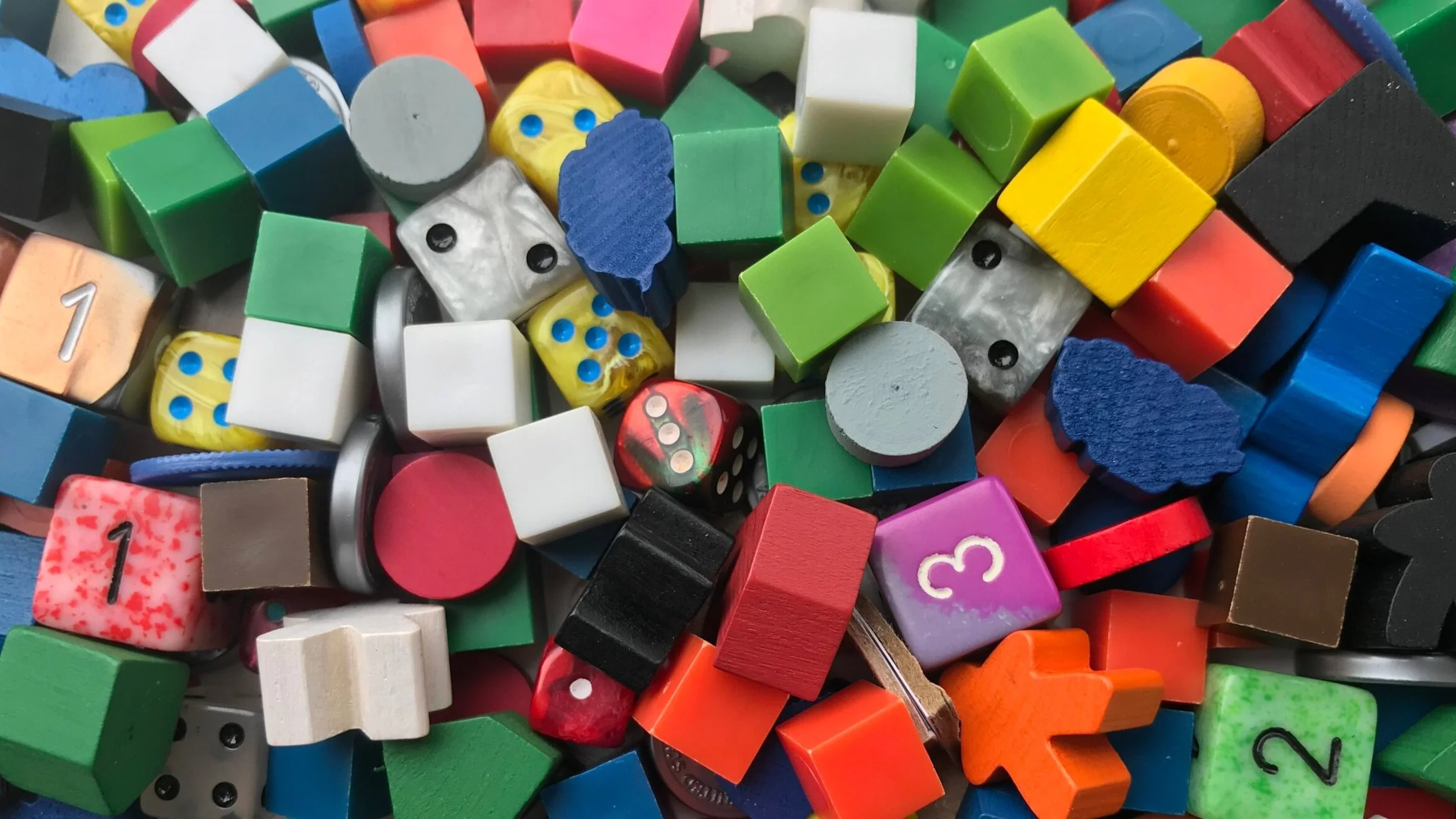Meaningful Decisions: Adam P. McIver on Design Choices in Coin Age
/In our Meaningful Decisions series, we ask designers about the design choices they made while creating their games, and what lessons other designers can take away from those decisions.
In this edition, we talk with Adam P. McIver, the designer of Coin Age, about the rise of microgames, player-supplied components, endgames and player control, and more.

Coin Age was designed to play on a single wallet-sized card using spare change that players would have readily available, making the game extremely portable. Are player habits changing in favor of lighter, quicker, more portable games? Do microgames have any other, less-obvious virtues?
I do think there has been a growing market for smaller games, but I’m not sure it’s solely because gamers are looking for shorter games. Portability and price point are big factors as well. It seems like most gamers (including myself) would rather take a dozen smaller games to a gathering than three or four large ones, especially if the smaller games pack as much of a punch.

Before Coin Age was picked up for publication by Tasty Minstrel Games, players had to use their own pocket change to play the game. What made you decide to require players to bring their own components to the table? Is this approach only valid for microgames, or can other types of games do it?
Well, Cheapass Games has obviously been following that model for years, and if your target audience is hardcore gamers you can be sure they have a plethora of bits laying around that they can sub into a game. The trick is to make sure your consumer doesn’t feel shorted when they have to provide their own pieces. Most of us can scrounge up $1.56 in change by checking a few pockets or looking under couch cushions. I thought most of the 100 or so copies I handed out at Gen Con 2013 were just going to get tossed in the garbage as soon as I was out of sight, so handing out $1.56 to each person as well just seemed like overkill, haha.

Coin Age ends under certain conditions that are within the players’ control. Are there any pitfalls that designers should be aware of if they choose to give players the power to set the endgame?
It’s a double-edged sword; it feels great to perform the final, winning move BUT it can feel pretty crummy to see your opponent plop down several coins, end the game, and win by a mile. A large portion of the strategy is limiting your opponent’s ability to end the game, or leave the board in such a way that if they do end the game, they won’t have the most points. Ultimately, the saving grace of Coin Age is its short playing time. If you allow your opponent an easy game end, you can clear the map and play again!
If you’re designing a game and intend to give the players control of when to end the game, try to make sure that players won’t feel like they were shorted by the experience. The longer your game, the more players are likely to notice the amount of time they are investing in turns, and therefore they will be more likely to feel slighted if their opponents receive more turns.

You created a series of new Coin Age maps for the Kickstarter campaign. Each one plays differently despite their small size. What did you learn about making maps for games, especially when working within tight constraints?
Having multiple maps wasn’t my intention at the beginning of the process, but I had playtested several arrangements to land on my favorite. When it became evident that backers really wanted a variety of maps, I was able to bring back some of those runner-ups. All the maps we included in the final version follow a few general ground rules, such as keeping the number of overall spaces the same. During playtesting, I realized that fighting for majority is fun, and tying for it generally isn’t. Because of that, I made sure that each map only has a few regions with even numbers of spaces: players can’t tie for control in a region with an odd number of spaces!
Cardboard Edison is supported by our patrons on Patreon.
SENIOR INVENTORS: Steven Cole, John du Bois, Richard Durham, Matthew O’Malley, Isaias Vallejo
JUNIOR INVENTORS: Stephen B Davies, Luis Lara, Behrooz Shahriari, Aidan Short, Jay Treat
ASSOCIATES: Robert Booth, Zachery Cook, Doug Levandowski, Nathan Miller, Marcel Perro
APPRENTICE: Gino Brancazio, JR Honeycutt, Brad Price










